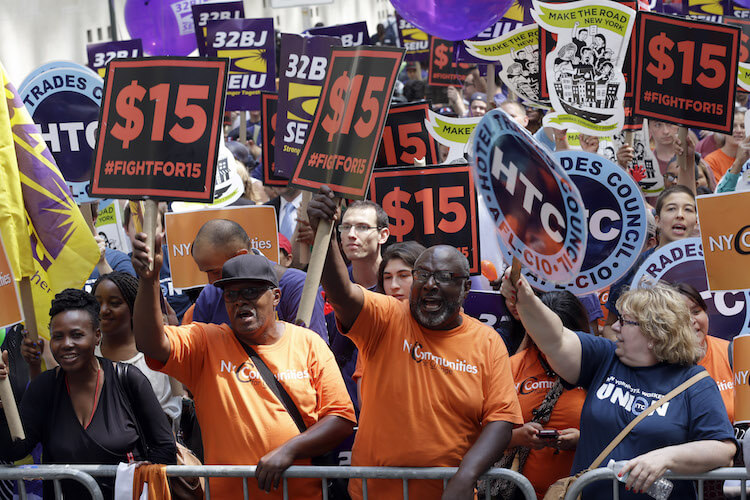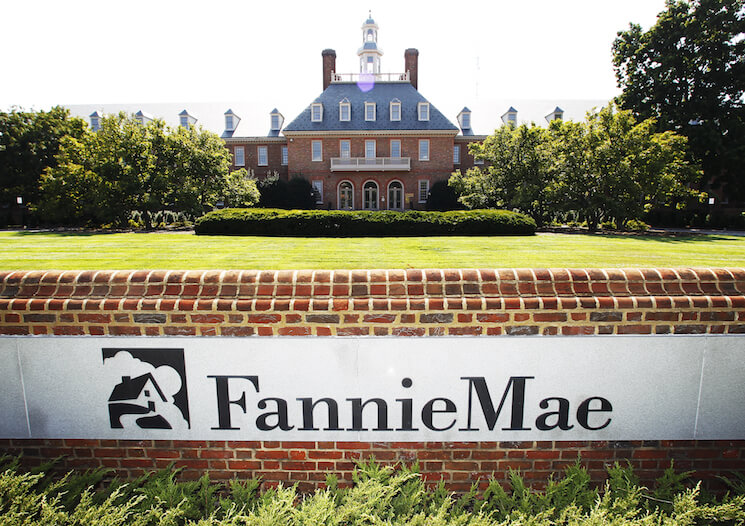Must-Read: : The Next Amazon (Or Apple, Or GE) Is Probably Failing Right Now: “Amazon’s success was almost completely unpredictable, at least from the outside…
Policymakers concerned with entrepreneurship at both the local and national level have long favored what economist Robert Litan dubbed a ‘shots on goal’ approach: Try to encourage as many startups as possible. Most of those companies will fail. Of the survivors, most will never grow into major economic engines. But statistically, a few will turn out to be the next Amazon, with huge rewards for their local economies…. Scott Stern and Jorge Guzman call that… into question. Startups as a whole may be declining, they find, but the kind of entrepreneurship that economists care the most about–fast-growing, innovative companies like Amazon–hasn’t shown the same downward trend… But all is not well…. The U.S. may have as many would-be Bezoses as ever, but it’s getting fewer Amazons…. ‘It’s a scaling problem,’ Stern said. ‘The machine that turned those kinds of companies into that kind of economic engine seems to be less robust today.’…
Ambitious startups share certain qualities. Their names, for example, tend to be shorter and are less likely to include the founder’s name. They tend to be set up as corporations… often incorporated in Delaware… often apply for patents early…. Stern and Guzman calculate what they call an Entrepreneurial Quality Index…. When it was founded, Amazon would have scored in the top 1 percent of all new companies on the index….
Stern and Guzman used business-registration data from 15 states to calculate both quality and success indexes for different metro areas. Some, like Silicon Valley, showed both high rates of entrepreneurship and successful growth. Others, like Miami, have seen a steep drop in the number of high-potential startups in recent years. Perhaps not coincidentally, cities with high rates of startup activity have also experienced faster economic growth over the past decade…


